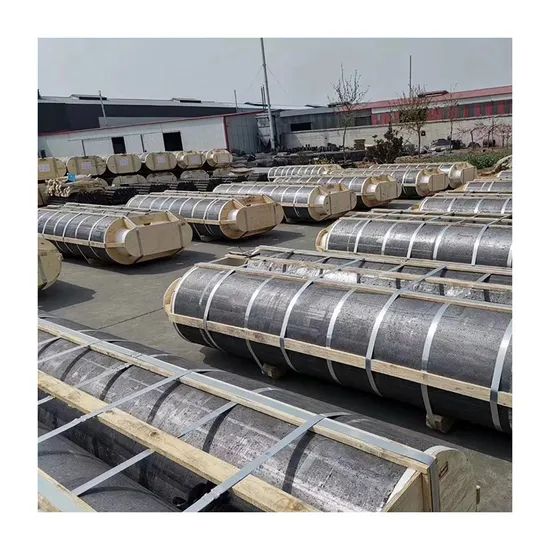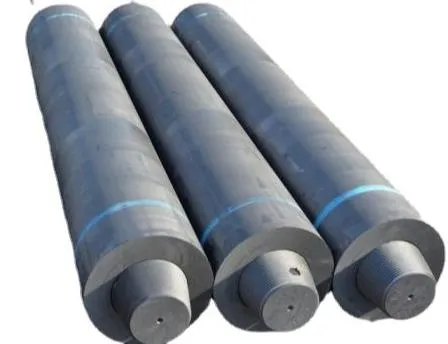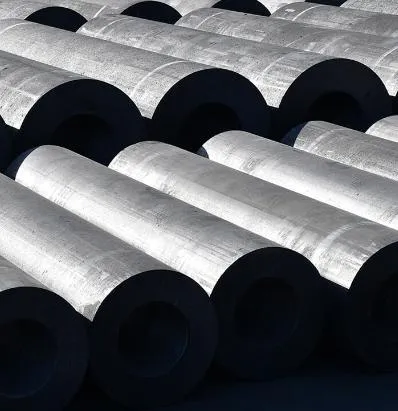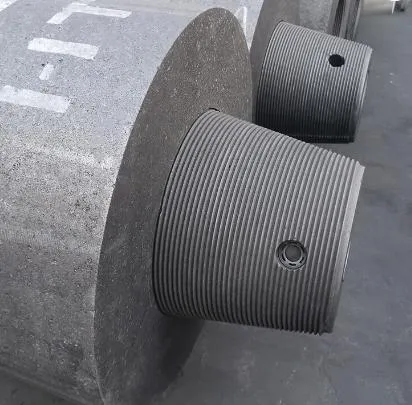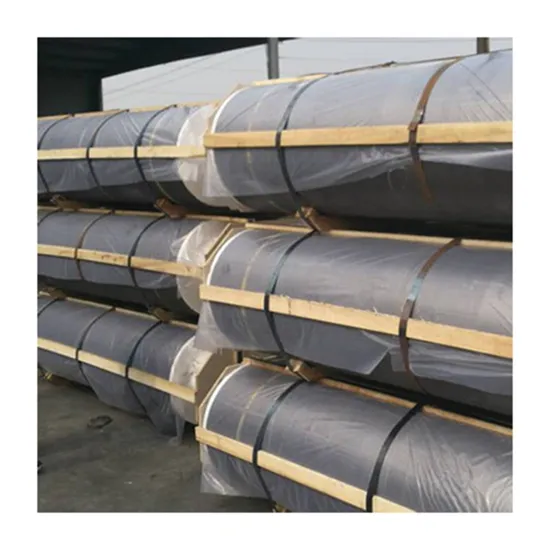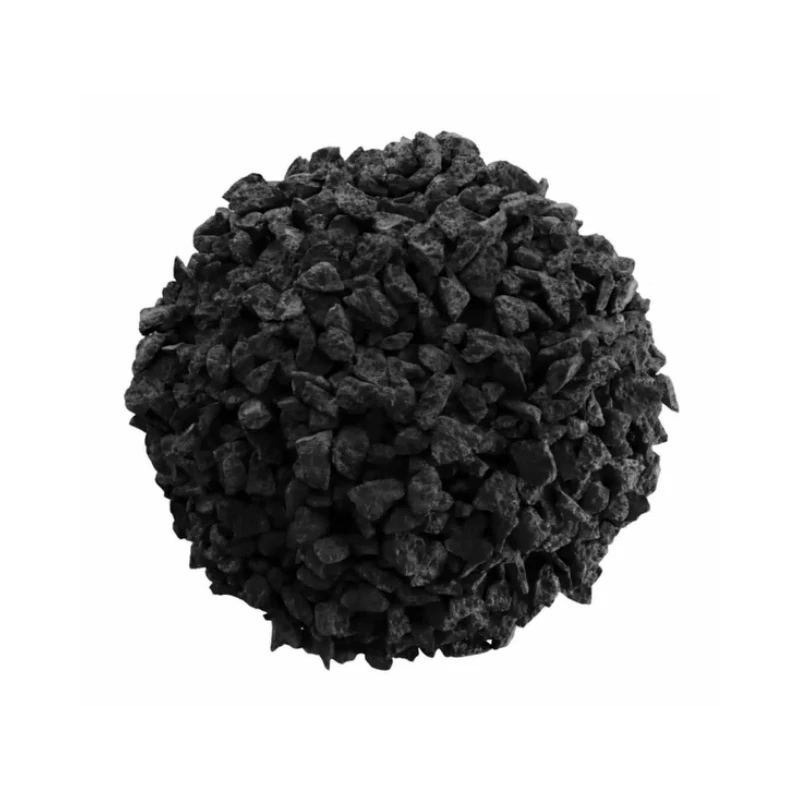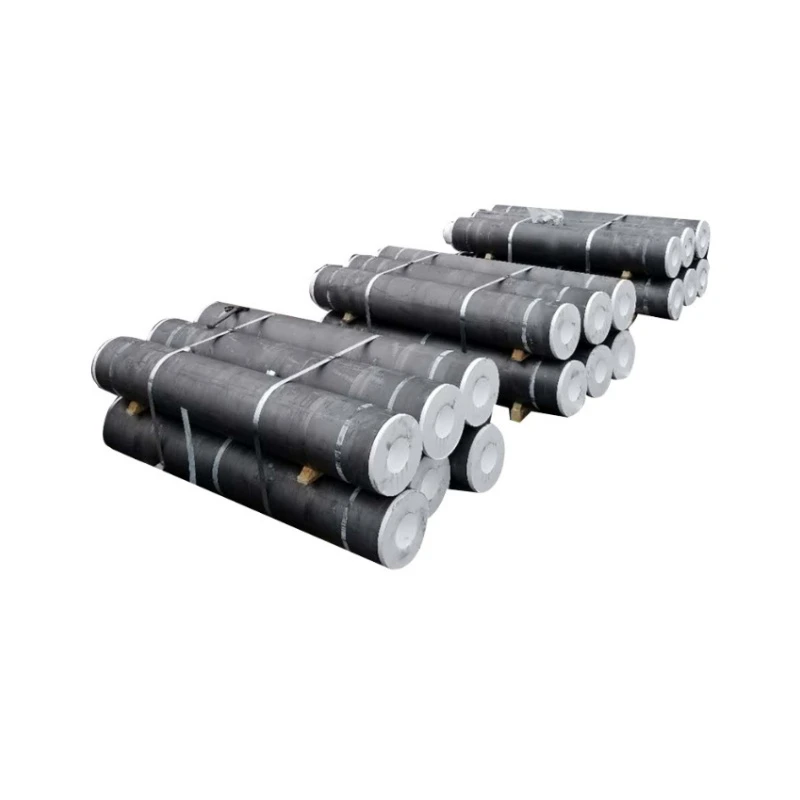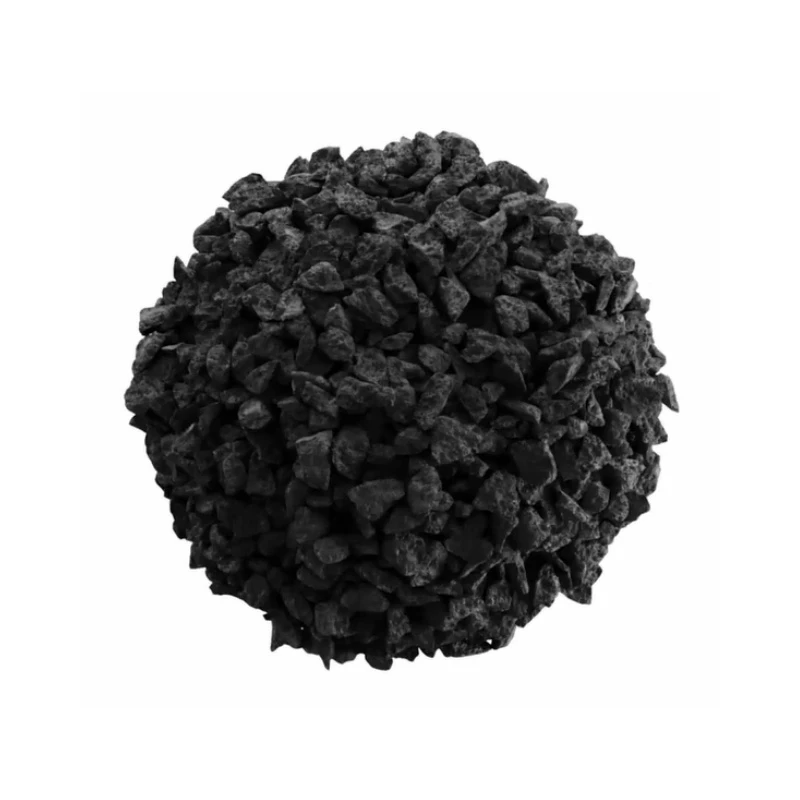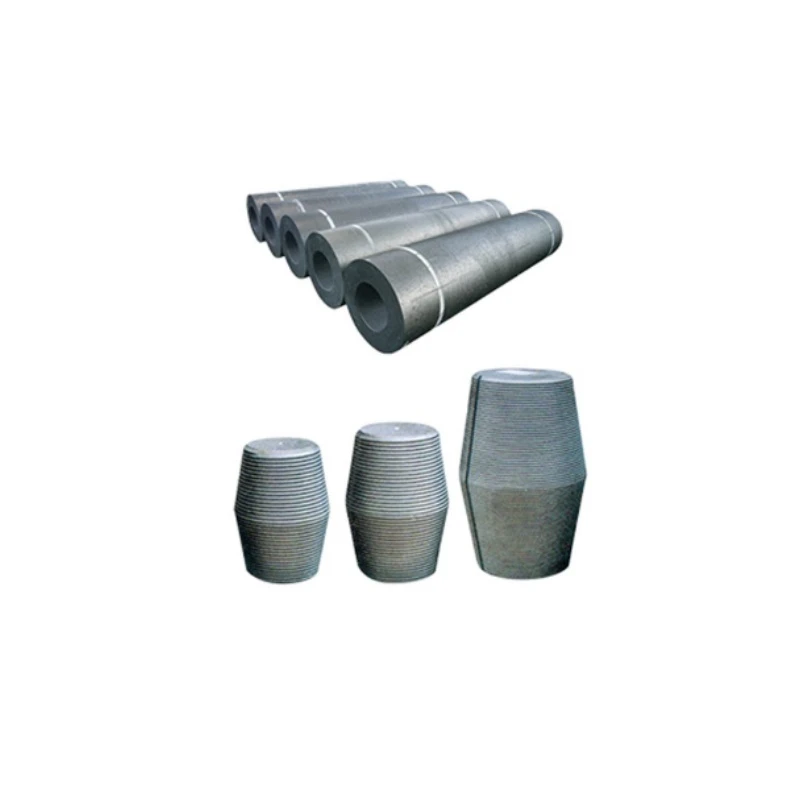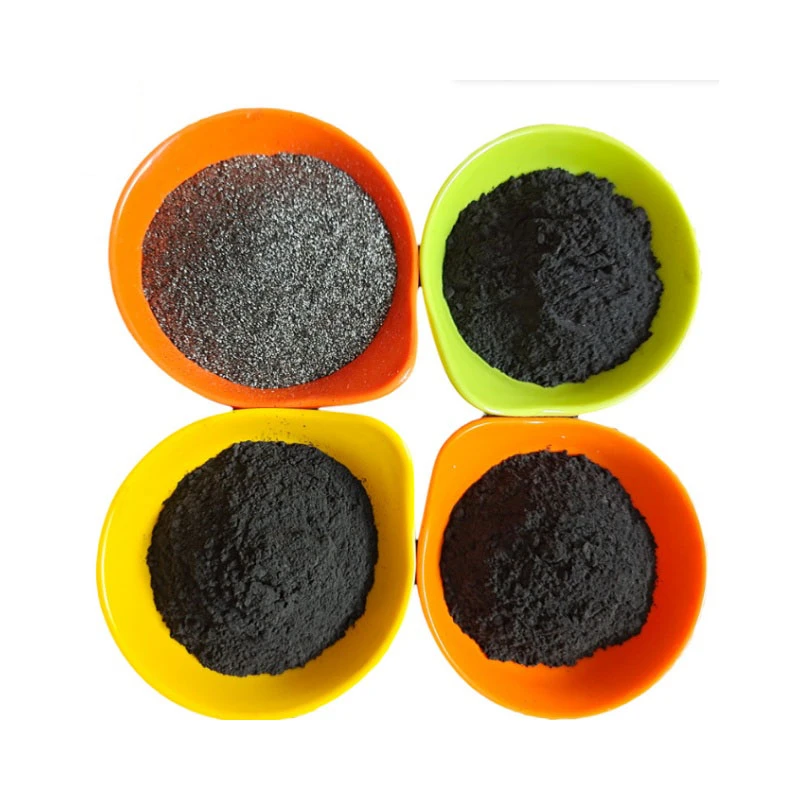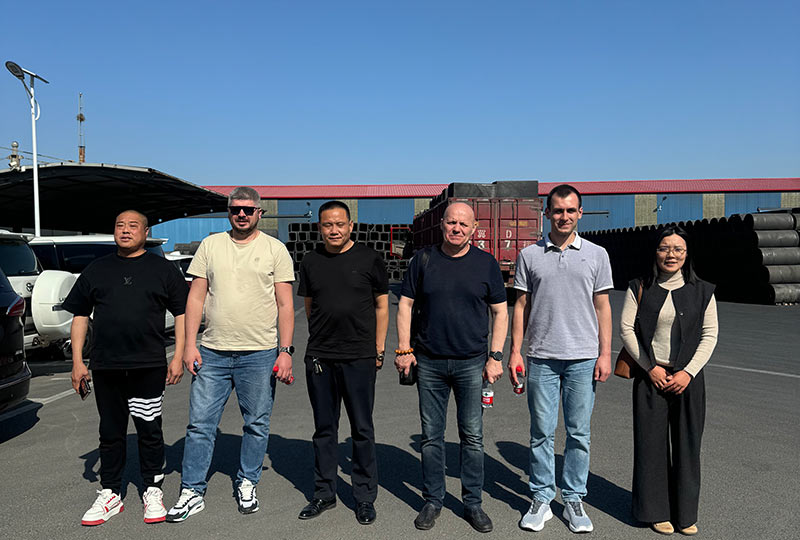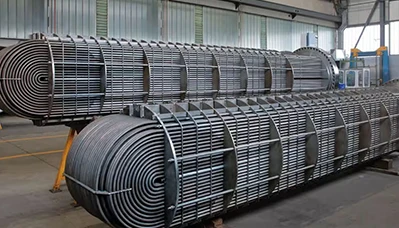- Englist


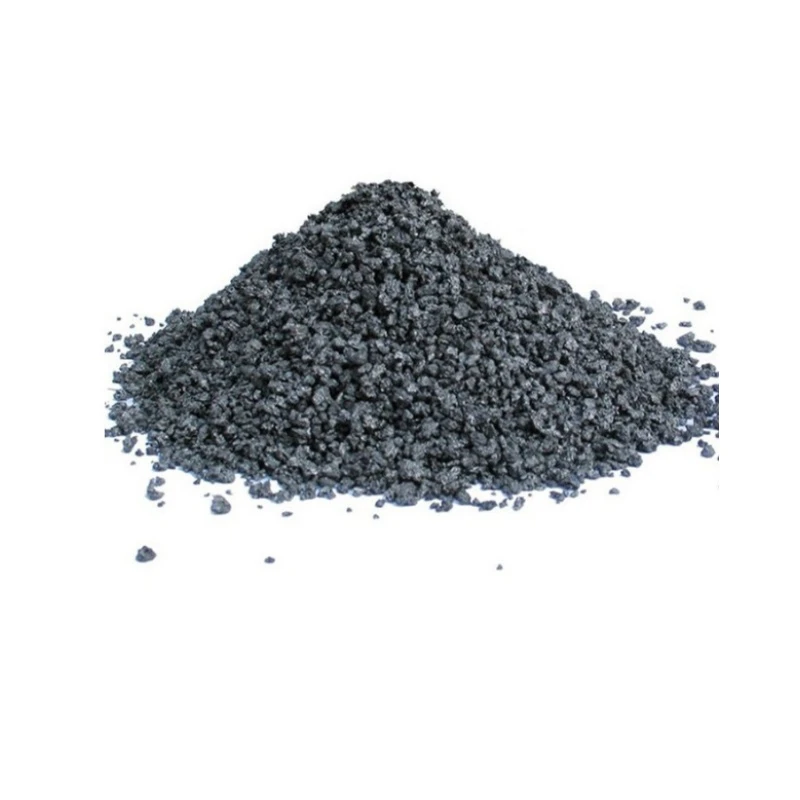
In the ever - evolving landscape of modern industry, carbon raiser uses have expanded far beyond traditional applications. As a wholesaler, understanding these innovative applications is key to meeting the diverse needs of customers. The carburising process, closely related to the role of carbon raisers, and the carburizing meaning behind it, have become crucial knowledge points for those in the industrial materials trade. Even companies like Shijiazhuang nalai biotechnology Co., Ltd, with their unique industrial requirements, can find value in the versatility of carbon raisers. Let's explore how carbon raisers are making waves in various sectors.

Enhancing Steel Quality in Manufacturing with Carbon Raiser Uses
One of the most significant carbon raiser uses is in enhancing steel quality during the manufacturing process. In steel - making, carbon raisers play a vital role in adjusting the carbon content of molten steel. By carefully adding the right amount of carbon raiser at specific stages, manufacturers can precisely control the mechanical properties of the steel. This results in steel that is stronger, more durable, and better suited for a wide range of applications, from construction beams to automotive components. The ability to customize the carbon content through the use of carbon raisers gives manufacturers the flexibility to meet the specific requirements of different projects. For industries that rely on high - quality steel, having access to reliable carbon raisers is essential, and as a wholesaler, providing top - notch products can give you a competitive edge in the market.
Optimizing the Carburising Process for Precision Components
The carburising process is a heat - treatment technique that has been revolutionized by the use of carbon raisers. This process involves diffusing carbon into the surface of metal components to increase their hardness and wear resistance. Carbon raisers act as the source of carbon during this process, ensuring that the surface layer of the metal reaches the desired carbon concentration. In the production of precision components, such as gears and bearings, optimizing the carburising process with high - quality carbon raisers is crucial. It allows manufacturers to create components that can withstand high loads and friction, reducing the risk of premature wear and failure. By understanding the intricacies of the carburising process and the role of carbon raisers within it, wholesalers can offer valuable advice to their customers, helping them achieve better results in their manufacturing operations.
Unveiling the Carburizing Meaning in Heat Treatment
To fully appreciate the importance of carbon raisers, it's essential to understand the carburizing meaning in heat treatment. Carburizing is not just about adding carbon to metal; it's a strategic process that can transform the properties of a material at a microscopic level. The carburizing meaning lies in its ability to create a surface layer with enhanced hardness and wear resistance while maintaining a more ductile core. This combination is ideal for components that need to withstand external forces without breaking. Carbon raisers are the key to achieving this desired transformation. They provide the necessary carbon atoms that diffuse into the metal surface during the heat - treatment process. For companies like Shijiazhuang nalai biotechnology Co., Ltd, which may have specific heat - treatment requirements for their products, a clear understanding of the carburizing meaning and the role of carbon raisers can lead to more efficient and effective manufacturing processes.
Carbon Raiser Uses in Non - Ferrous Metal Industries
While carbon raisers are commonly associated with ferrous metals, their carbon raiser uses are also emerging in non - ferrous metal industries. In the production of certain types of copper - based alloys, for example, carbon raisers can be used to modify the alloy's properties. They can influence the electrical conductivity, thermal stability, and mechanical strength of the alloy. This opens up new possibilities for the use of non - ferrous metals in industries such as electronics and telecommunications. By exploring these innovative carbon raiser uses in non - ferrous metal industries, wholesalers can tap into new markets and offer unique solutions to their customers. It also showcases the versatility of carbon raisers and their potential to drive innovation across different sectors.
Carbon Raiser Uses FAQS
How do I select the right carbon raiser uses?
Selecting the right carbon raiser involves assessing the material being processed, desired end - properties, and the specific process requirements. Consider factors like initial carbon content, component characteristics, and the quality and purity of the raiser. Consult experts or reliable suppliers to make an informed choice tailored to each application.
What is the role of carbon raisers in the carburising process?
In the carburising process, carbon raisers supply the carbon atoms that diffuse into the metal surface. This increases the surface carbon concentration, enhancing hardness and wear resistance. The raiser's quality directly impacts the process effectiveness, ensuring a consistent and reliable carburized layer for precision components.
How does understanding carburizing meaning benefit industrial operations?
Grasping the carburizing meaning helps manufacturers optimize the carburising process. It enables informed decisions on process parameters, leading to improved product quality, reduced rejects, and cost savings. This knowledge is crucial for achieving the desired component properties and maintaining competitiveness in industrial production.
Are there any environmental considerations with carbon raiser uses?
Yes, carbon raiser uses have environmental implications. Some raisers come from non - renewable sources, and their production and application can cause pollution. However, there’s a growing trend towards sustainable options made from recycled materials or eco - friendly processes, which wholesalers and users can adopt for a greener approach.
What trends should I watch for in carbon raiser uses?
Key trends in carbon raiser uses include the development of higher - performance and purer products, growing demand for sustainable options, and the expansion of applications into new fields like 3D printing and nanotechnology. Staying updated on these trends helps wholesalers adapt their offerings and meet evolving customer needs.





 Pervious
Pervious
 Next
Next
